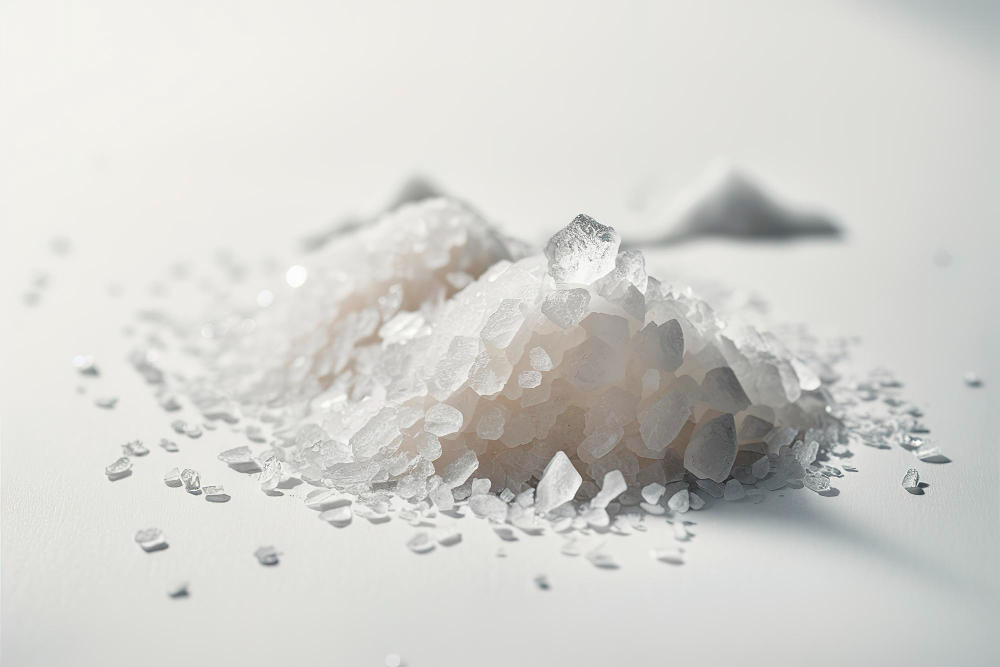Potassium feldspar, also known as K-feldspar, plays a significant role in both the industrial and geological worlds. This mineral group is renowned for its importance in manufacturing, agriculture, and even the study of Earth’s processes. Let’s dive into an engaging exploration of this fascinating mineral!
What Is Potassium Feldspar?
Potassium feldspar refers to a group of minerals that are rich in potassium and aluminum silicates. It is a primary constituent of granite and other igneous rocks, making it one of the most abundant minerals on Earth.
Characteristics of Potassium Feldspar
- Color: Typically white, pink, or salmon-colored
- Luster: Glassy to pearly
- Hardness: 6 on the Mohs scale
- Chemical Formula: KAlSi₃O₈
Mineral Variants
The three major forms of potassium feldspar include:
- Orthoclase: Common in granite, used in ceramics
- Microcline: Known for its striking green variant, Amazonite
- Sanidine: Typically found in volcanic rocks
Formation and Occurrence
Where Is Potassium Feldspar Found?
Potassium feldspar is abundant worldwide, appearing in both igneous and metamorphic rocks. Common sources include:
- Igneous Rocks: Granite, syenite
- Metamorphic Rocks: Gneiss, schist
- Sedimentary Rocks: Found as detrital grains
How Does It Form?
It crystallizes from molten magma during the cooling process. Depending on the conditions, its structure can vary, creating the different mineral variants mentioned earlier.
Applications of Potassium Feldspar
Potassium feldspar isn’t just a pretty face—it has numerous practical applications.
Industrial Uses
- Ceramics and Glassmaking
- Provides strength and durability
- Enhances the transparency of glass
- Fertilizers
- Rich source of potassium, essential for plant growth
- Abrasives
- Used in scouring powders and cleaning agents
Geological Significance
- Indicator of rock formation conditions
- Helps in dating geological events through radiometric methods
Physical and Chemical Properties
Physical Properties
- Cleavage: Two directions at nearly right angles
- Density: 2.55–2.63 g/cm³
- Transparency: Can range from opaque to translucent
Chemical Behavior
- Resistant to chemical weathering
- Alters to clay minerals over time in certain conditions
How Potassium Feldspar Benefits Agriculture
Potassium feldspar contributes to soil fertility by supplying potassium. It helps plants in:
- Photosynthesis: Key for energy transfer
- Strengthening Stems: Potassium improves plant structure
- Increasing Yield: Essential for fruit and seed production
Potassium Feldspar vs. Plagioclase Feldspar
Although both belong to the feldspar group, they have distinct differences:
| Feature | Potassium Feldspar | Plagioclase Feldspar |
|---|---|---|
| Potassium Content | High | Low |
| Striation | Absent | Present |
| Color Range | Pink, salmon | White, gray |
Environmental Impact of Mining Potassium Feldspar
Like all mining activities, extracting potassium feldspar has an environmental footprint. However, sustainable practices can mitigate adverse effects, such as:
- Reforestation: Restoring mined areas
- Water Recycling: Reducing water wastage in processing
The Role of Potassium Feldspar in Geology
Geologists use potassium feldspar as a tool to understand the Earth’s history. Its significance lies in:
- Radiometric Dating: Determines the age of rocks
- Indicator Mineral: Helps identify specific rock types
Fun Facts About Potassium Feldspar
- Amazonite: A green microcline variety often used in jewelry.
- Moon Rocks: Potassium feldspar has been found in lunar samples!
- Color Variation: The pink hue in granite is due to potassium feldspar.
How to Identify Potassium Feldspar
Field Tests
- Hardness Test: Scratch it against glass.
- Cleavage Observation: Look for two cleavage planes.
- Color Check: Pink or salmon hues are a strong indicator.
Processing and Refinement
After mining, potassium feldspar undergoes processing to refine its purity for industrial applications. These steps include:
- Crushing and Grinding: To reduce particle size
- Flotation Process: To separate impurities
- Quality Control: Ensures high-grade feldspar
Why Is Potassium Feldspar So Abundant?
Its prevalence is due to its stability and the abundance of potassium and aluminum in Earth’s crust. This makes it a cornerstone of many geological processes.
Conclusion
Potassium feldspar is a versatile mineral with applications ranging from industrial manufacturing to agriculture and geological studies. Its unique properties and abundance make it a valuable resource, impacting various aspects of our daily lives. Whether it’s the glass you drink from or the ceramics in your home, potassium feldspar plays a silent yet pivotal role.
FAQs
1. What is the primary use of potassium feldspar?
It is primarily used in ceramics and glassmaking, providing strength and improving transparency.
2. How can I distinguish potassium feldspar from plagioclase feldspar?
Look for striations (present in plagioclase but absent in potassium feldspar) and check the color.
3. Is potassium feldspar environmentally sustainable?
While mining has environmental impacts, sustainable practices like reforestation can help mitigate them.
4. What are the main chemical components of potassium feldspar?
Potassium feldspar is composed of potassium, aluminum, and silica.
5. Can potassium feldspar be used in agriculture?
Yes, it is an excellent source of potassium, essential for plant growth.

